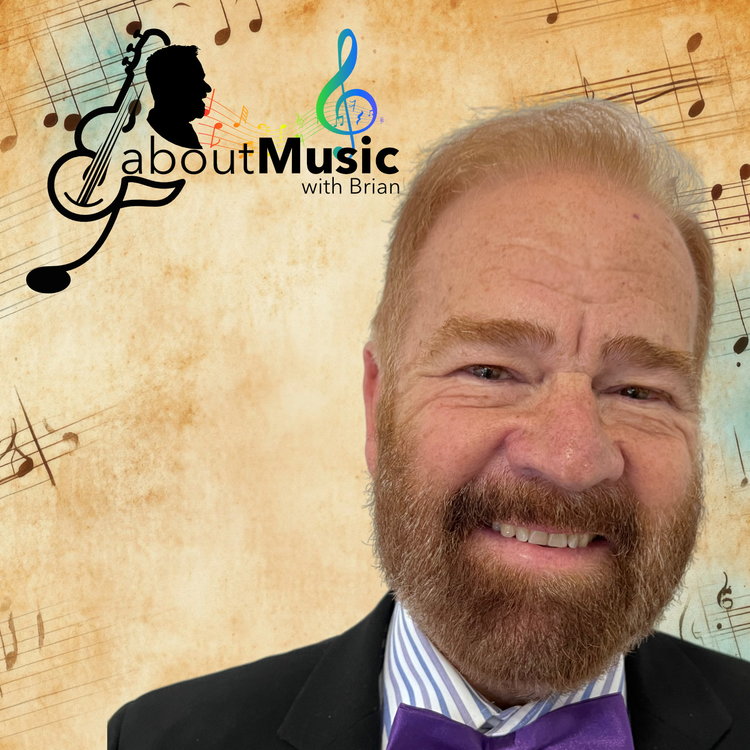
Programme 100 Violincello Concertos Part 1
Loading player...
Programme 100 Violincello Concertos Part 1 Programme Description
Today we continue our series in which we will explore in depth the various instruments that are used in the orchestra. By in depth I mean that we will listen to a substantial amount of music for each instrument, focusing on them one by one.
We continue with the other leader of the orchestra, the Violincello.
The ‘cello is one of the most celebrated instruments in the world, known for its unique voice, versatility, and expressive power.
Robert Schumann – Cello Concerto in A Minor, Op. 129 (1850)
Composer: Robert Schumann (1810–1856), German Romantic composer known for poetic and deeply personal music.This concerto is introspective and lyrical rather than showy; written in one continuous movement subdivided into three sections.
Joseph Haydn – Cello Concerto No. 1 in C Major, Hob. VIIb:1 (c.1761–65)
Composer: Joseph Haydn (1732–1809), known as the "Father of the Symphony" and "Father of the String Quartet." Lost for nearly 200 years, this work is full of elegance, charm, and classical clarity.
Today we continue our series in which we will explore in depth the various instruments that are used in the orchestra. By in depth I mean that we will listen to a substantial amount of music for each instrument, focusing on them one by one.
We continue with the other leader of the orchestra, the Violincello.
The ‘cello is one of the most celebrated instruments in the world, known for its unique voice, versatility, and expressive power.
Robert Schumann – Cello Concerto in A Minor, Op. 129 (1850)
Composer: Robert Schumann (1810–1856), German Romantic composer known for poetic and deeply personal music.This concerto is introspective and lyrical rather than showy; written in one continuous movement subdivided into three sections.
Joseph Haydn – Cello Concerto No. 1 in C Major, Hob. VIIb:1 (c.1761–65)
Composer: Joseph Haydn (1732–1809), known as the "Father of the Symphony" and "Father of the String Quartet." Lost for nearly 200 years, this work is full of elegance, charm, and classical clarity.

